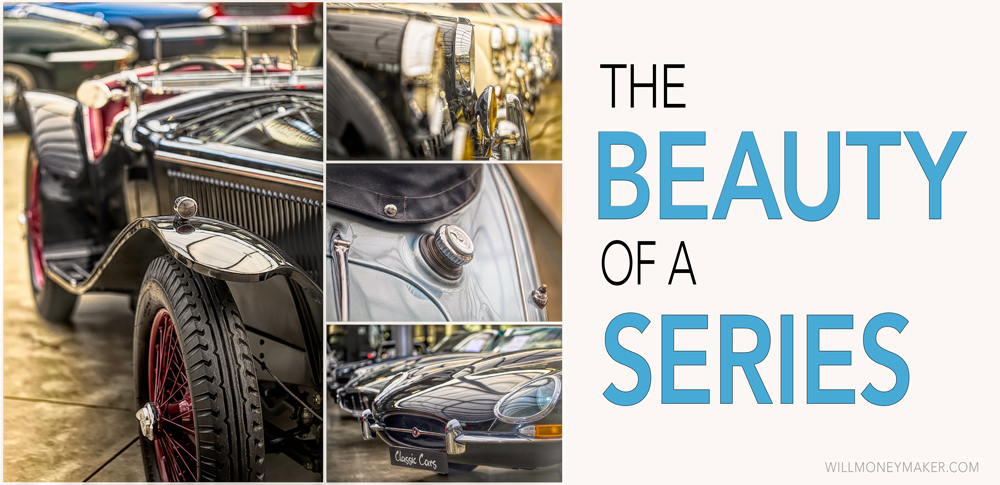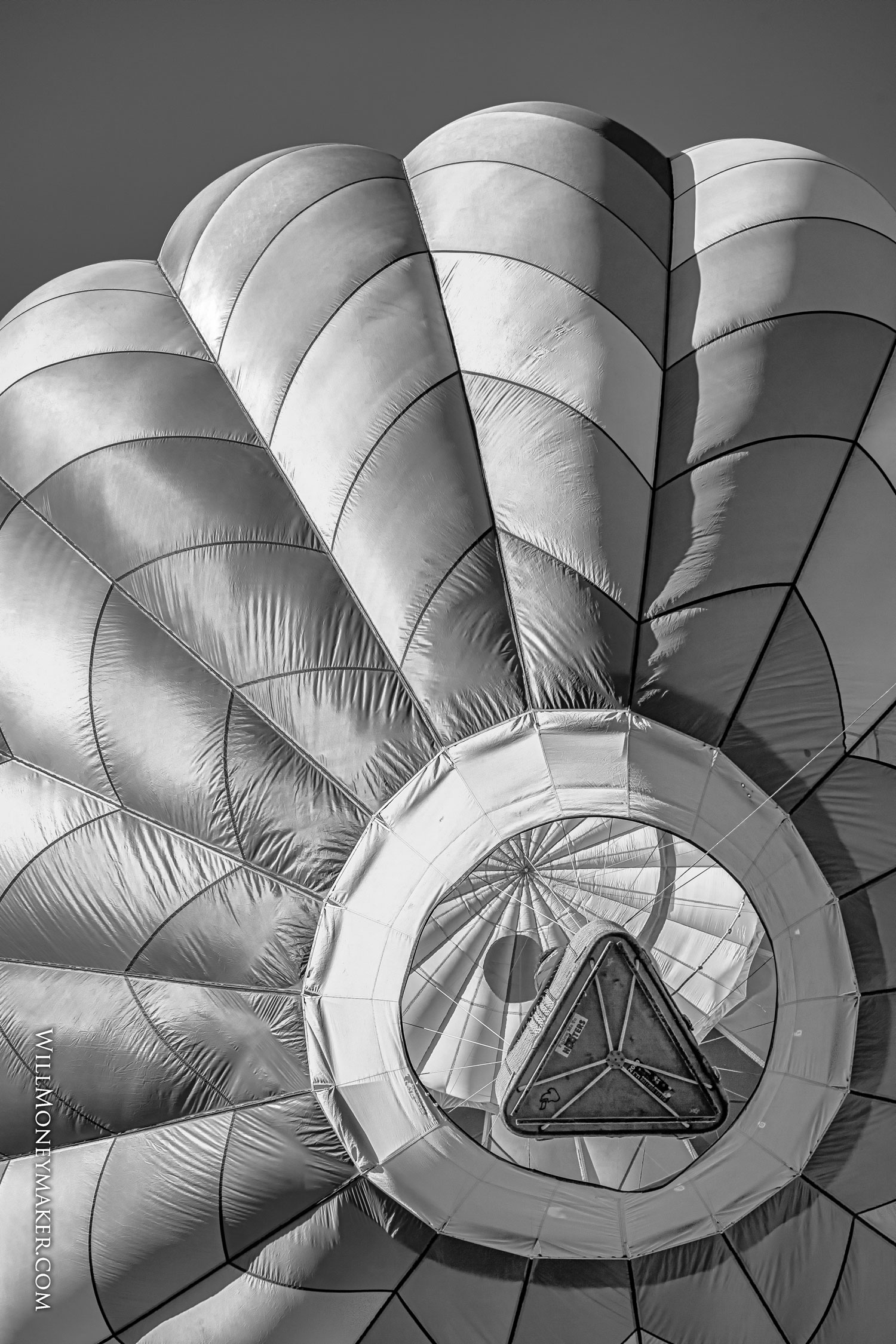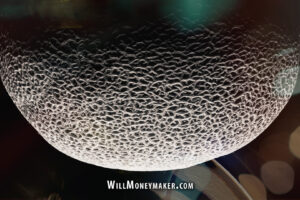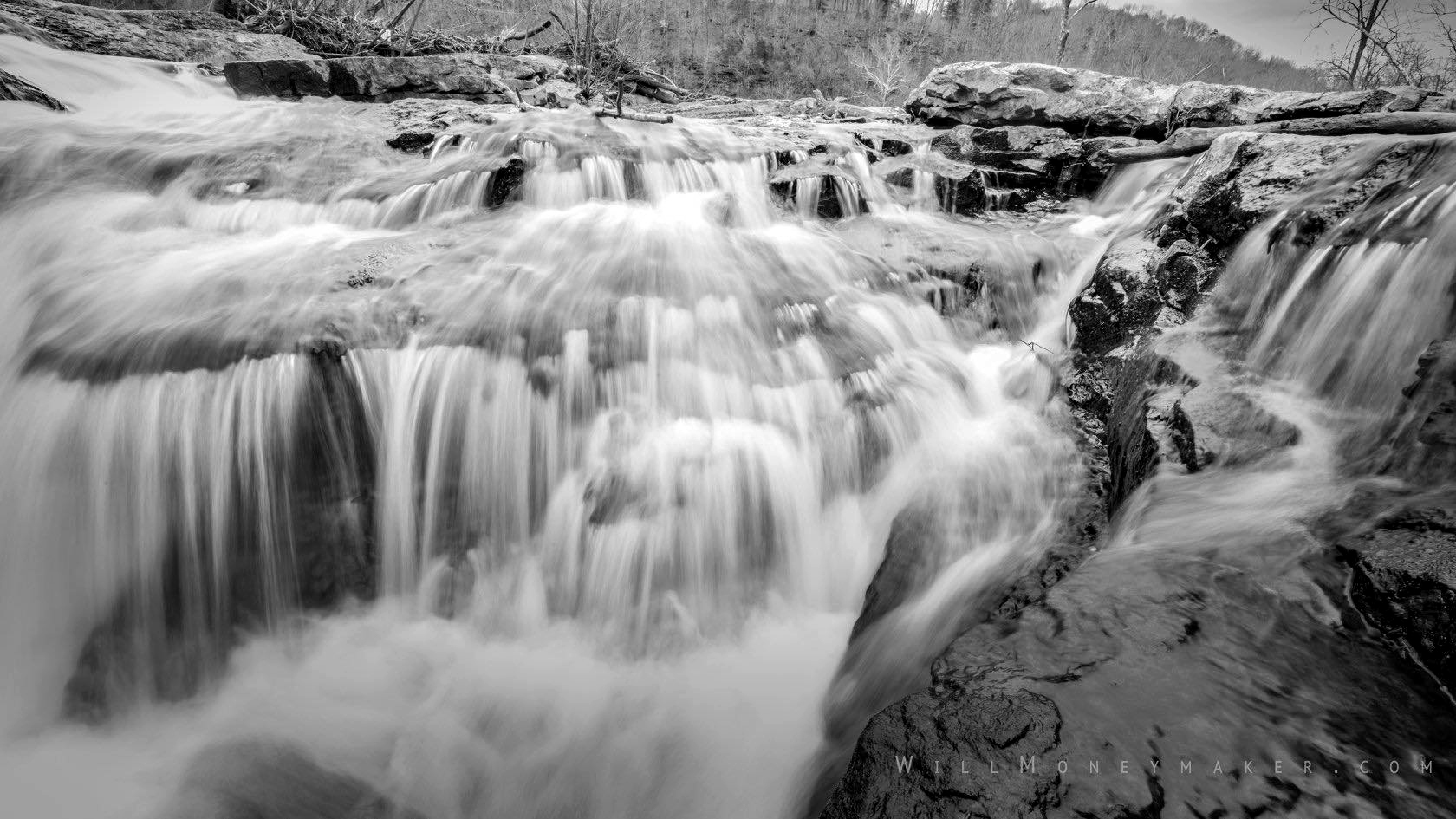Most people think of photography in terms of the single image, the standalone photograph that is powerful enough to be displayed as a centerpiece on its own without any supplementation. The series is often overlooked, and that is a shame because a good series is truly a beautiful thing. And versatile, too. A series can be anything from three images that are meant to be framed and displayed together to half a dozen images, a dozen, fifty—enough to make an entire book. It’s a plurality of photographs, not the singular.
That plurality is what makes a series interesting. All of the photographs within a project like this should be interconnected in some fundamental way. In the end, these projects can turn out to be so much more than a singular image. When you work in groups like this, you have the chance to seriously expand on things. Either you can build out and highlight a very strong theme, or you can connect each piece of the work together through common elements. A series can work to poignantly highlight and explore aspects of life that we perhaps don’t spend much time thinking about even though, in actuality, these little facets are actually be fascinating. You can also tell a story with a series—sequential frames that each build on the last to walk a viewer through each part until they reach a satisfying conclusion.
So with these thoughts in mind, let’s explore what it takes to make a series. Even if you prefer the singular image (and there is nothing wrong with that), working in a group of photos can be a helpful, instructive exercise that helps you seek out and capture those powerful singular photographs.
Curating a Series of Images
Creating a series of images isn’t just about going out and taking as many images as you can. To create a good, well-connected collection of images, you’ll need to learn how to effectively curate them. So does that mean you should choose, for instance, ten of your favorite black and white images and call that a series? To my mind, that strategy doesn’t work, either.
As I mentioned before, in order to be a cohesive, united body of work, your series of images, whether three or one hundred, all need to have something major in common. This could be a common theme—perhaps the flush of life that comes every spring. Or you could use your series to tell a story, the life of an animal, or what it takes for a laborer to produce a product. You could use a series to document the things a busy mother goes through each morning as she’s getting the kids ready for school. Whatever topics, stories or themes you choose, each image within the series should be carefully selected to reflect that.
With this, you should also take care to have some differentiation between images. If your photographs are all too similar, the story or theme becomes less apparent, and your overarching message may be lost on your viewers. Let’s say you create a collection based on trees or interesting rocks. There has to be something different in each subsequent photograph of a tree so that the progression is apparent. You could do something like trees in various stages of growth, for instance. Or if you are photographing interesting rocks, then perhaps the story is between those rocks with rough, jagged edges, the ones that have been freshly shattered, versus the contrast of smooth river stones that have had eons to weather.
Why is it Important to Experiment with Images in a Series?
For one thing, even if you do tend to prefer the singular image over a series of them, working in a series is important because in creating them, you’ll often find that singular image. Sometimes, there is one image that just stands out from all the rest. So, even if you decide not to do much with the collection that you’ve created, you will still come away with that one show-stopping image you truly wanted. In essence, making groups of images makes it easier for you to find that perfect photograph because it forces you to cast a wider net as you search for it.
Another reason why a series of images is beneficial even to the singular photographer is that it gives us the chance to study. The best way to create powerful, relatable images is to carefully study our subject material until we know it intimately enough that we can photograph its most unique aspects. When you’re making the effort to take a group of photographs centered around a subject or theme, you have no choice to learn all about it. After all, in order to produce all these images, you’ll need to approach the subject from every angle in order to create a collection in which each piece says something slightly different, but all pieces work together.
From that standpoint, working with multiple images is one of the best ways to hone the photographic eye. It teaches us to be observant, first and foremost, and to have the patience to take the time to get to know the things that we are photographing. We have to learn to look at the subject material in unusual ways, which makes us think critically and creatively about the art that we’re producing. And we’re doing all of this while also trying to produce a cohesive whole from multiple pieces. So as you can see, whether you plan to produce books or other collections where photographs would need to mesh together, or whether you primarily prefer the singular image, working with photographs in groups can and does prove helpful. There is a lot to learn from these kinds of projects—all about our subject material, and about the mechanics of storytelling. Most of all, groups of images help us hone our creative eye, training it both to look for unusual things and to pull various elements together into one solid message.





